The automobile, an invention that has revolutionized transportation and shaped modern society, has a history as rich and diverse as the roads we drive on. From its humble beginnings as a steam-powered carriage to the sleek, high-tech vehicles of today, the evolution of cars is a tale of innovation, engineering prowess, and cultural impact. Join us on a journey through time as we explore the fascinating history of automobiles.
Table of Contents
1. Invention and Early Development
Birth of the Automobile:
The automobile, a marvel of modern engineering, traces its roots to the late 19th century.
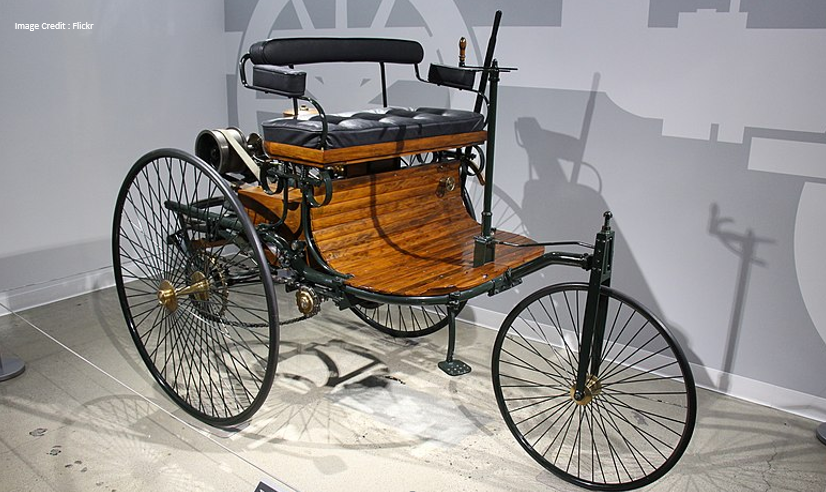
- Karl Benz’s Motorwagen: In 1885, German engineer Karl Benz introduced the world’s first practical automobile, the Benz Patent-Motorwagen. This tricycle-like vehicle was propelled by a gasoline engine, heralding the beginning of a groundbreaking era in transportation.
- The Motorwagen had a top speed of 10 mph and a single-cylinder, four-stroke engine.
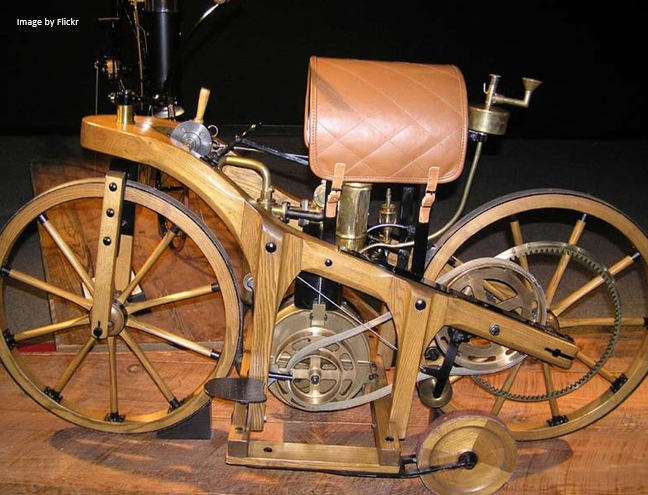
- Gottlieb Daimler and Wilhelm Maybach: Around the same time, Daimler and Maybach developed their own gasoline-powered vehicles, contributing to the early evolution of cars.
- Daimler’s “Reitwagen” of 1885 is often considered the first motorcycle, featuring a gasoline-powered internal combustion engine.
Steam-Powered Precursors:
Prior to Benz’s invention, experiments with steam-powered vehicles date back to the 18th century, with inventors like Nicolas-Joseph Cugnot creating rudimentary steam carriages.

- Cugnot’s steam carriage, built in 1769, was designed for military use and could reach speeds of up to 3.6 mph.
2. The Rise of the Automobile Industry
Ford’s Model T and Mass Production:
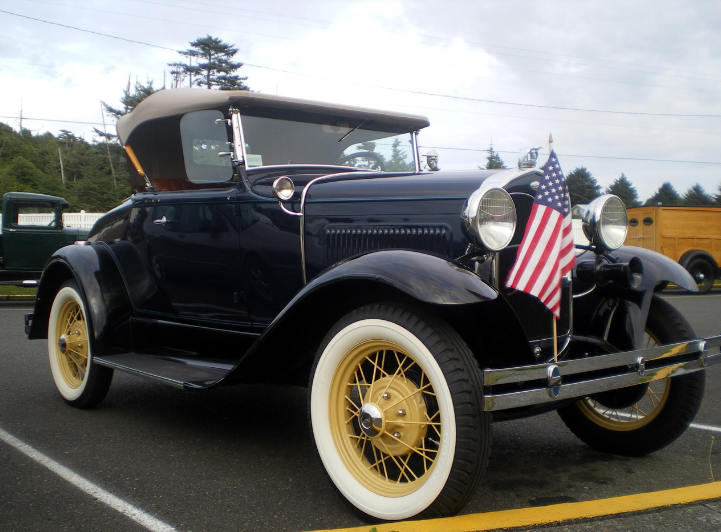
In 1908, Henry Ford revolutionized the automotive industry with the introduction of the Model T.
- Assembly Line Innovation: Ford’s use of assembly line production techniques made cars more affordable for the average consumer. The moving assembly line reduced the time to build a car from 12 hours to just 93 minutes.
- Impact on Society: The Model T, known as the “car that put the world on wheels,” transformed transportation and enabled unprecedented mobility.
- By 1913, Ford’s factories were producing nearly half of all cars in the United States.
Automotive Pioneers:
Throughout the early 20th century, automotive pioneers such as Louis Chevrolet, Walter Chrysler, and Ettore Bugatti contributed to the industry’s growth with their innovative designs and engineering feats.
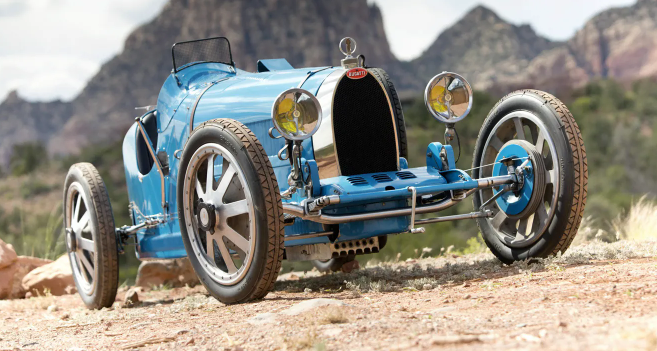
- Bugatti’s Type 35, introduced in 1924, became one of the most successful racing cars of all time, winning over 1,000 races.
3. The Golden Age of Design and Innovation
Art Deco Era Cars: The 1920s and 1930s brought about a golden age of automobile design characterized by elegance and luxury.
- Iconic Models: Cars like the Cadillac V-16, Duesenberg Model J, and Bugatti Type 57 became symbols of automotive excellence.
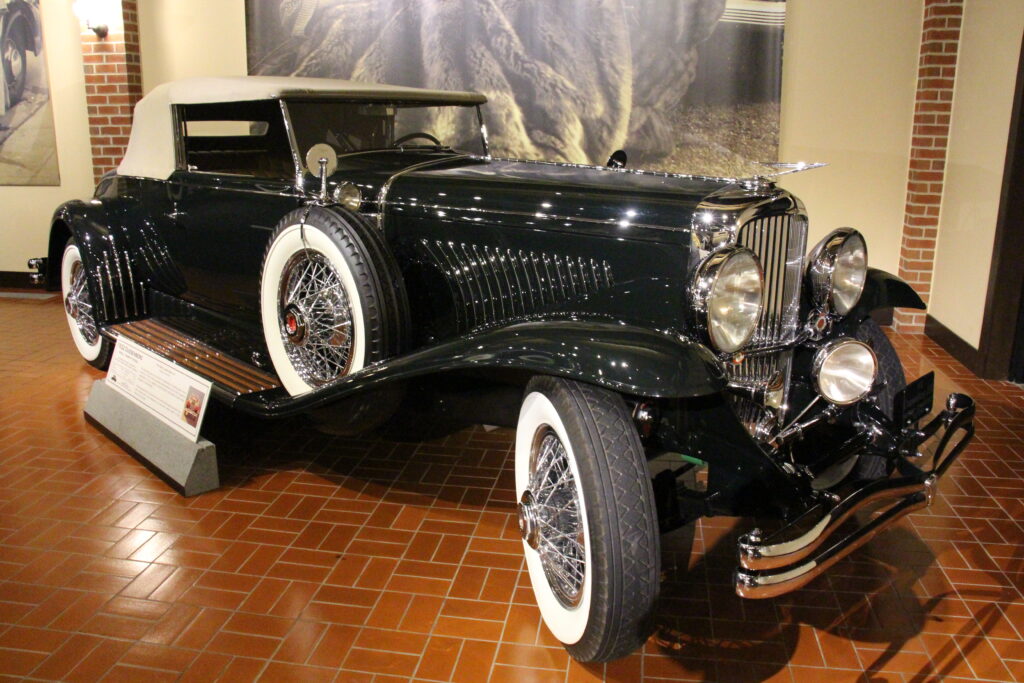
- The Duesenberg Model J, introduced in 1928, featured a 265-horsepower engine and was favored by celebrities and royalty.
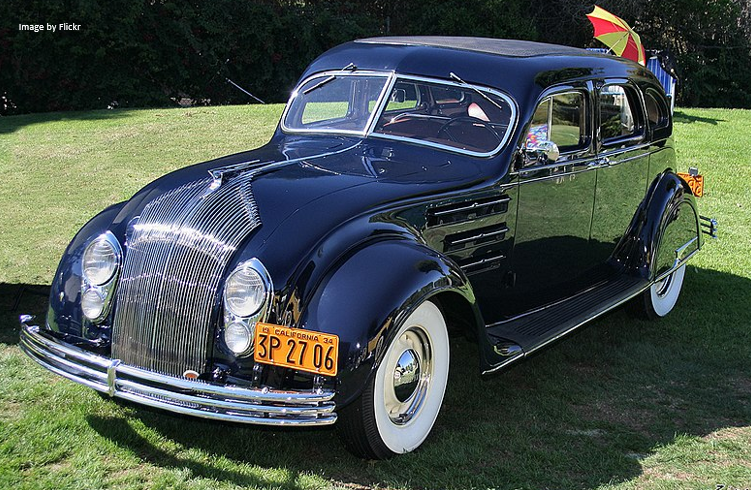
- Streamlining and Aerodynamics: Designers experimented with aerodynamic shapes and streamlined profiles, inspired by aviation technology.
- The Chrysler Airflow, introduced in 1934, was one of the first mass-produced cars to feature a streamlined design for improved aerodynamics.
4. Post-War Boom and Automotive Icons
1950s Muscle Cars: The post-World War II era witnessed the rise of powerful, V8-engine muscle cars.

- Ford Mustang: Introduced in 1964, the Ford Mustang became an iconic symbol of American automotive culture, blending style with performance.
- The Mustang’s introduction at the 1964 New York World’s Fair created a sensation, with over 22,000 orders taken on the first day.
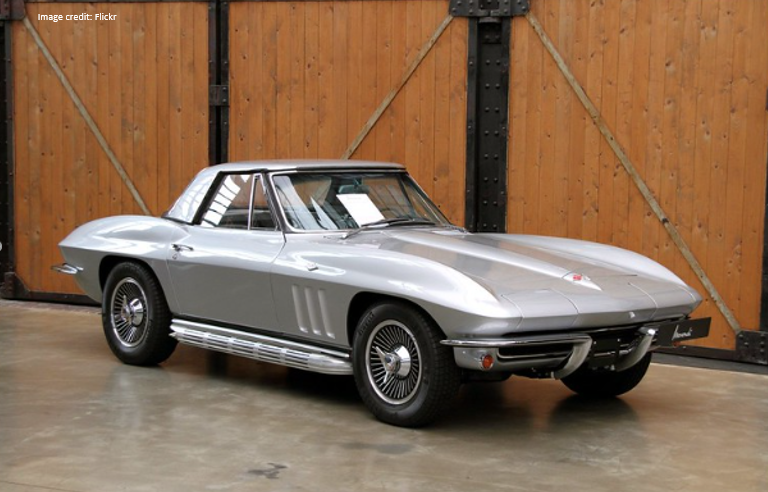
- Chevrolet Corvette: The Corvette, first introduced in 1953, evolved into a legendary sports car known for its sleek design and impressive speed.
- The Corvette Sting Ray, introduced in 1963, featured a split rear window and a powerful V8 engine.
European Exotics: European manufacturers such as Ferrari, Lamborghini, and Porsche created exotic sports cars that captivated enthusiasts with their performance and luxury.

- The Ferrari 250 GTO, introduced in 1962, is considered one of the most beautiful and valuable cars ever made, with only 39 units produced.
5. Evolution of Safety and Efficiency
Safety Innovations: In the 1960s and 1970s, a focus on safety led to the introduction of seat belts, padded dashboards, and collapsible steering columns.
- Volvo’s Three-Point Seat Belt: In 1959, Volvo engineer Nils Bohlin invented the three-point seat belt, a safety feature now standard in all modern cars.
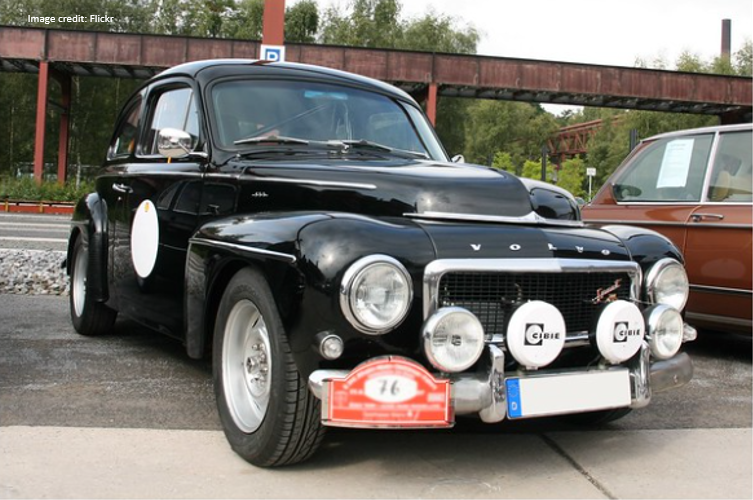
- The Volvo PV544, introduced in 1958, was the first car to feature standard three-point seat belts.
- Crash Testing and Regulations: The National Highway Traffic Safety Administration (NHTSA) was established in 1970 to set safety standards for cars.
- The 1970s also saw the introduction of energy-absorbing bumpers and side-impact protection systems.
Fuel Efficiency Concerns: The oil crises of the 1970s prompted a shift towards fuel-efficient cars, leading to the rise of compact cars and the development of technologies like fuel injection.

- The Honda Civic, introduced in 1972, became one of the first fuel-efficient compact cars to gain popularity in the United States.
6. The Digital Revolution and Modern Cars
Computerization: The late 20th century saw cars becoming increasingly computerized, with electronic fuel injection, anti-lock braking systems (ABS), and onboard diagnostics.
- Electronic Engine Control: Introduced in the 1980s, electronic engine control systems improved fuel efficiency and reduced emissions.
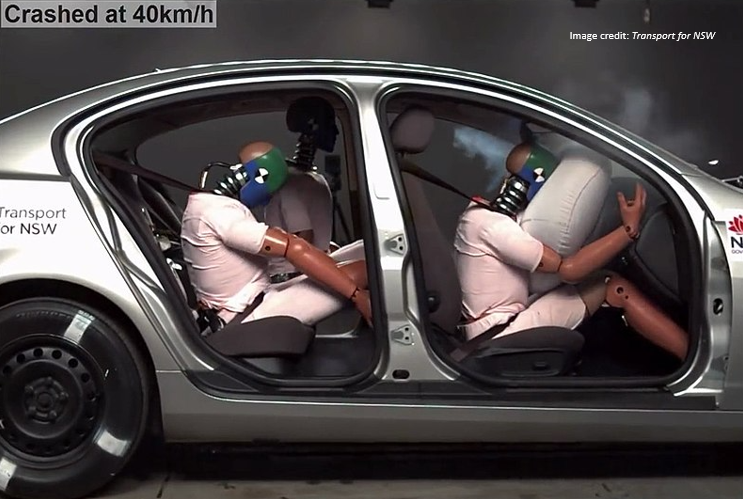
- Airbags and Crash Avoidance Systems: The 1990s saw the widespread adoption of airbags and the introduction of electronic stability control.
Infotainment Systems: In the 21st century, cars have transformed into digital hubs with advanced infotainment systems, touchscreen displays, and connectivity features.
- Apple CarPlay and Android Auto: Integration with smartphones allows for seamless access to navigation, music, and communication.
- Tesla’s Impact: Tesla Motors, founded by Elon Musk, revolutionized the electric car market with models like the Model S, Model 3, and Model X.

- The Model S, introduced in 2012, set new standards for range, performance, and technology in electric cars.
- Advancements in Range and Charging: Modern electric cars offer longer ranges and rapid charging capabilities, making them more practical for everyday use.

- The Chevrolet Bolt EV, introduced in 2016, offers a range of over 200 miles on a single charge.
7. Future Trends and Innovations
Autonomous Driving: The future of cars is headed towards autonomous or self-driving vehicles.
- Waymo and Autonomous Technology: Companies like Waymo (a subsidiary of Alphabet Inc.) are at the forefront of developing fully autonomous vehicles.
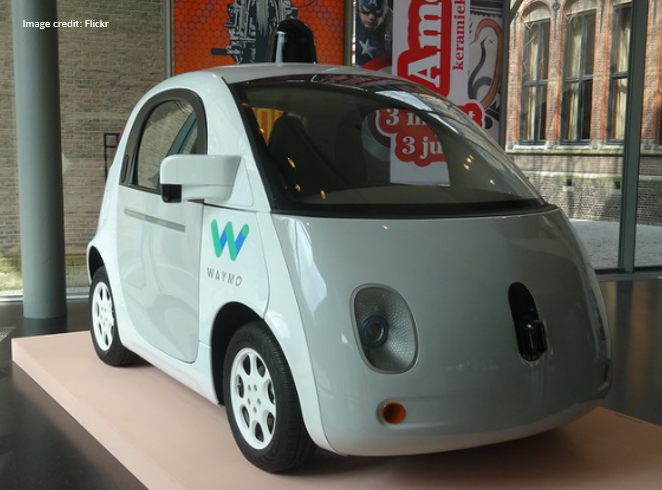
- Waymo’s fleet of self-driving cars has logged over 20 million miles on public roads as of 2022.
- Safety and Efficiency Benefits: Autonomous cars promise increased safety, reduced accidents, and improved traffic flow.
- Tesla’s Autopilot system, introduced in 2015, offers semi-autonomous driving capabilities with features like lane-keeping and adaptive cruise control.
Alternative Fuel Sources: Hydrogen fuel cells and biofuels are being explored as sustainable alternatives to gasoline.
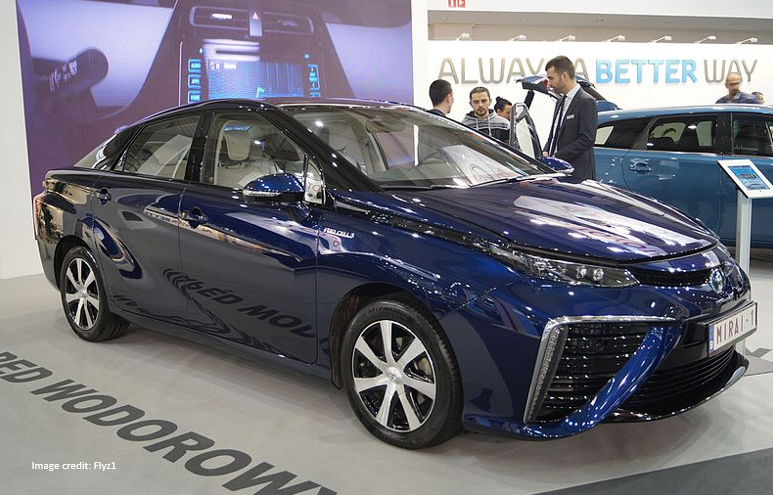
- The Toyota Mirai, introduced in 2014, is a hydrogen fuel cell vehicle that emits only water vapor as its exhaust.
- Electric Vehicle Adoption: Governments around the world are incentivizing the adoption of electric vehicles to reduce emissions and combat climate change.
Smart Cities Integration: Cars will be integrated into smart city infrastructure, with connected traffic systems and vehicle-to-infrastructure (V2I) communication.
- Traffic Optimization: AI-powered traffic management systems will optimize traffic flow, reducing congestion and emissions.
- 3D Printing and Customization: Advancements in 3D printing technology will allow for greater customization of car parts and designs.
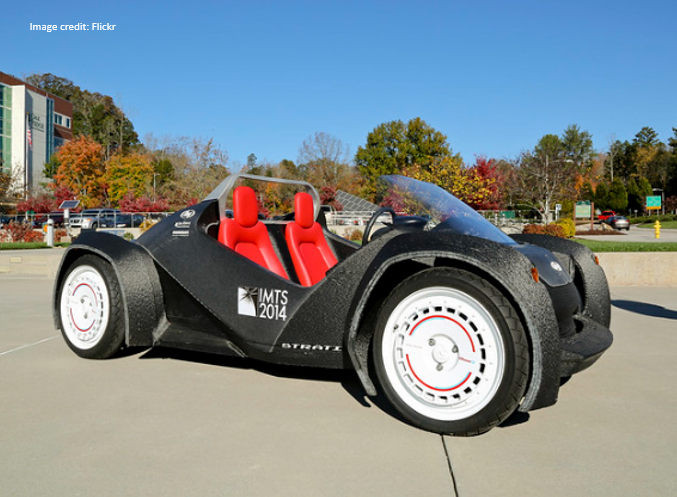
- Local Motors’ Strati, introduced in 2014, is the world’s first 3D-printed car, with a body made from just 49 parts.
8. Fun Facts About Cars Through History of Automobiles
The First Speeding Ticket: The first recorded speeding ticket was issued in 1902 in Ohio, where a driver was fined for going 12 miles per hour in a 5 mph zone.
The Volkswagen Beetle’s Production: Over 21 million Volkswagen Beetles were produced, making it one of the best-selling cars in history.
The James Bond Aston Martin DB5: The iconic Aston Martin DB5 featured in James Bond films “Goldfinger” and “Thunderball” came equipped with gadgets like machine guns and an ejector seat.
The Longest Car: The “American Dream” limousine holds the Guinness World Record for the longest car, measuring 100 feet in length.
The Fastest Production Car: The Bugatti Veyron Super Sport holds the record for the fastest production car, with a top speed of 267.856 mph (431.072 km/h).
The Most Expensive Car Sold at Auction: In 2018, a 1962 Ferrari 250 GTO sold for $48.4 million, becoming the most expensive car ever sold at auction.
The First Electric Car: French inventor Gustave Trouvé developed the first practical electric car in 1881, with a range of 50 miles (80 km).
The Smallest Production Car: The Peel P50 holds the title for being the tiniest production car ever manufactured, measuring just 54 inches (137 cm) long and 41 inches (104 cm) wide.
The Amphicar: Produced in the 1960s, the Amphicar was an amphibious vehicle that could drive on land and float on water.
The “Car-In-A-Box”: In 1917, Sears Roebuck & Co. offered a build-it-yourself car kit called the “Allstate” that fit into a single wooden crate.
To know about some more fun facts about cars, automotive history and innovations,
9. Conclusion: The Endless Evolution of Cars
The history of cars is a testament to human ingenuity, innovation, and the desire for progress. From the early horseless carriages to the sleek, futuristic models of today, cars have transformed the way we live, work, and travel.
As we look back on this fascinating journey through time, one thing is clear: the automobile will continue to evolve, adapt, and inspire for generations to come. Whether it’s for practical transportation, exhilarating speed, or environmental sustainability, the car remains an enduring symbol of freedom and exploration.
So the next time you buckle up and hit the road, take a moment to appreciate the incredible history and engineering marvel that is the automobile.
This article offers a comprehensive look at the history of cars, from their origins in the 19th century to the cutting-edge technology and innovations shaping the future of transportation. With a blend of historical insights, notable milestones, and a glimpse into what lies ahead, it paints a vivid picture of the fascinating evolution of the automotive industry.

